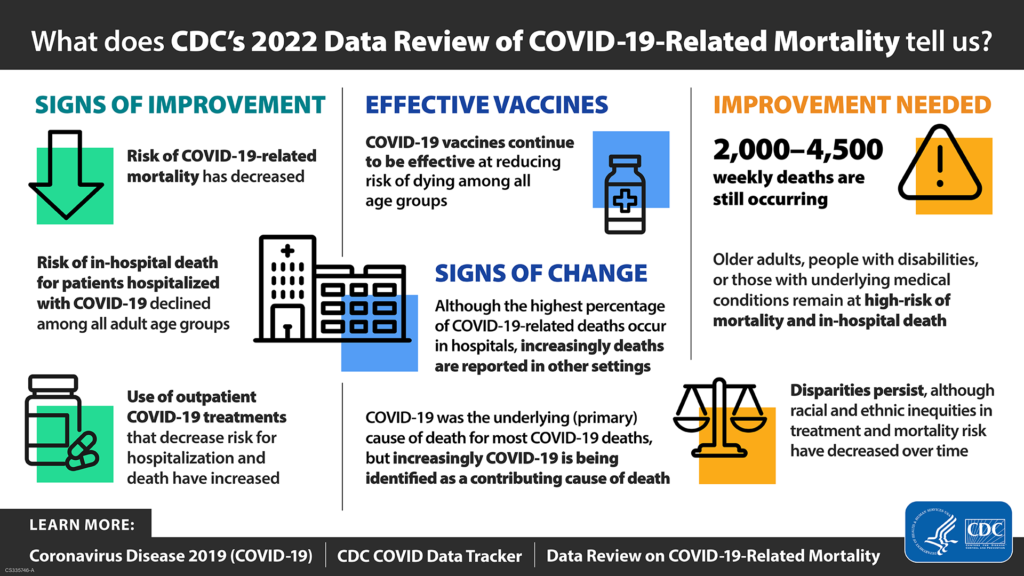Weekend update

The House of Representatives and the Senate are in session this week for Committee business and floor voting.
The continuing resolution funding the federal government expires at 11:59 pm on Friday December 16.
The Federal Employee Benefits Open Season ends at 11:59 pm, in the location of the enrollee’s electronic enrollment system, on Monday, December 12, 2022.
The Medicare Open Enrollment period ends this Wednesday, December 7.
From the Rx coverage front, the Wall Street Journal reports on
- A shortage in the weight loss drug Wegovy, “missing out on hundreds of millions of dollars in sales and squandering a head start before a rival could begin selling a competing product. * * * [Wegovy manufacturer’ Novo lists Wegovy at $1,349 a month. Some commercial insurers cover the drug.” OPM has encouraged FEHB carriers to offer coverage of this drug.
- A CVS Health effort to improve pharmacy efficiency with “a system [currently being tested] that allows pharmacists to process prescriptions in part remotely, a move it said could improve store working conditions and the experience for customers as the company grapples with a shortage of pharmacists.”
From the mental healthcare front, Health Payer Intelligence tells us
Mental healthcare services utilization and network size have grown significantly since 2019 among Blue Cross Blue Shield of Massachusetts (“Blue Cross”) members, according to data from Blue Cross.
Mental healthcare services utilization grew by 100 percent in the timeframe that Blue Cross examined. At the same time, Blue Cross’s mental healthcare network grew by 46 percent.
“As the need for mental health services continues to grow, access to convenient and affordable care is critical,” said Andrew Dreyfus, president and chief executive officer of Blue Cross. “By expanding and diversifying our mental health network, we’re ensuring that our members are able to find and receive the high-quality care they need, when they need it.”
The mental healthcare provider network swelled to a total of 18,000 clinicians. With the growth in utilization, Blue Cross plans to expand its network further. The payer will do this by working with national mental healthcare provider groups as well as expanding its virtual care mental health groups in 2023. * * *
Blue Cross also shared that the health plan’s reimbursement for telehealth and virtual care services is at parity with in-person services. Receiving reimbursement at parity is not only a controversial issue for telehealth providers but also for mental and behavioral healthcare providers, who do not always receive reimbursement at parity with physical care providers.
Kudos.
Also worth reading is this Journal article about a 24-year-old military wife who went through drug addiction hell and came out a new person with help from her family, the Missouri prison where she was housed, and a fellow inmate. The article illustrates the importance of Blue Cross of Massachusett’s efforts to expand mental health coverage and various efforts to reduce drug addiction and overdose deaths.
From the medical research front, the Wall Street Journal offers an essay about breast cancer written by a medical historian and breast cancer patient Dr. Lindsey Fitzharris. What grabbed the FEHBlog’s eye is the article’s conclusion:
The cofounders of BioNTech recently announced that vaccines targeting cancer may be available before the end of the decade. Researchers at Duke University are already developing a vaccine that targets mutations commonly arising in people with certain types of advanced breast cancer. Using the same mRNA technology deployed against Covid-19, these types of vaccines would not be administered prophylactically but, rather, used as a treatment to trigger a stronger immune response in patients with locally recurrent or metastatic disease. When it comes to conquering breast cancer, future medical historians will have plenty to write about.
From the innovation front, Senior Living explains how to use Apple AirPods as hearing aids. MedTech Dive adds
- Apple AirPods Pro earbuds have the potential to be a hearing aid for adults with mild to moderate hearing loss, according to a paper published in iScience.
- Researchers found the earbuds meet four of the five standards for personal sound amplification products and perform comparably to hearing aids in terms of speech perception in quiet environments.
- The study suggests that some consumer earbuds can function as hearing aids to potentially further lower the cost and address the stigma associated with the technology.
It’s also worth calling attention to the HHS Agency for Healthcare Quality and Research’s Effective Health Care Program’s website.
The Effective Health Care (EHC) Program improves the quality of health care by providing the best available evidence on the outcomes, benefits and harms, and appropriateness of drugs, devices, and health care services and by helping health care professionals, patients, policymakers, and health care systems make informed health care decisions. The EHC Program achieves this goal by partnering with research centers, academic institutions, health professional societies, consumer organizations, and other stakeholders to conduct research, evidence synthesis, evidence translation, dissemination, and implementation of research findings.









